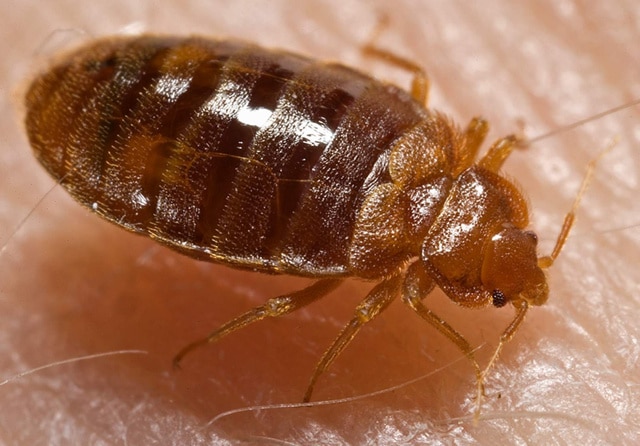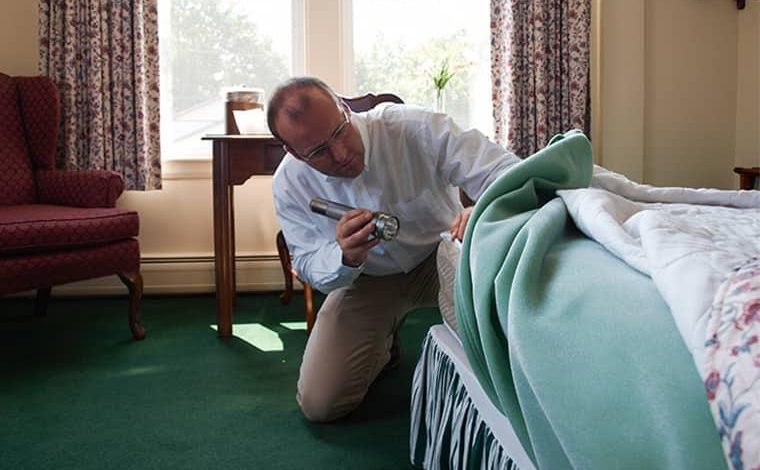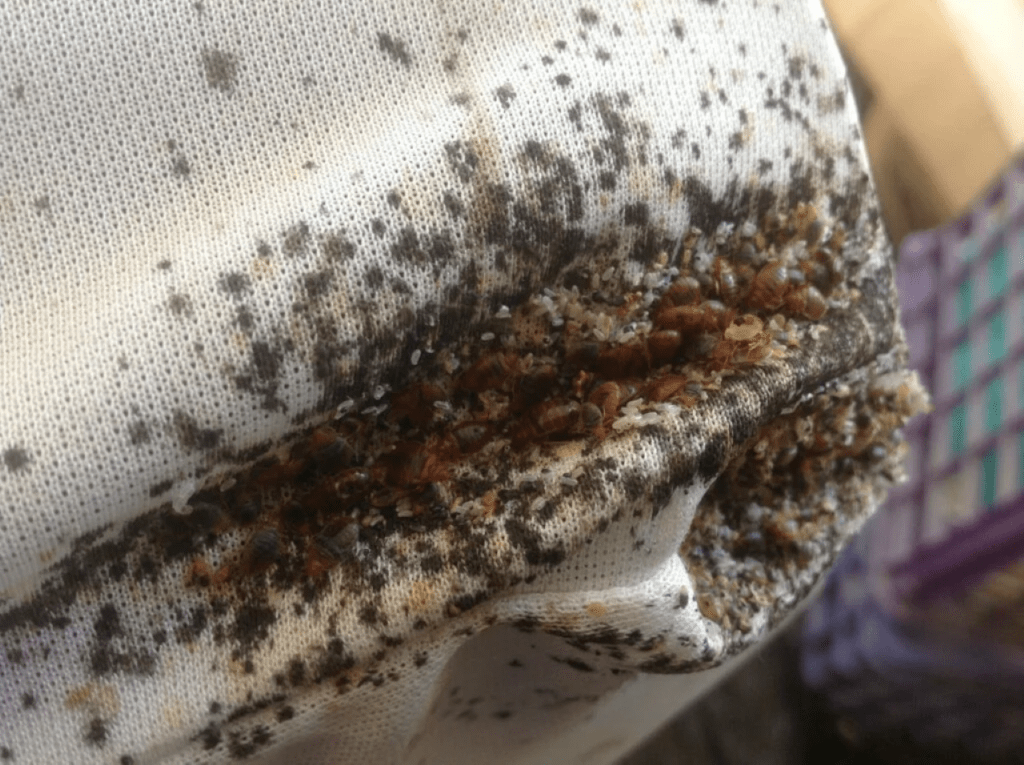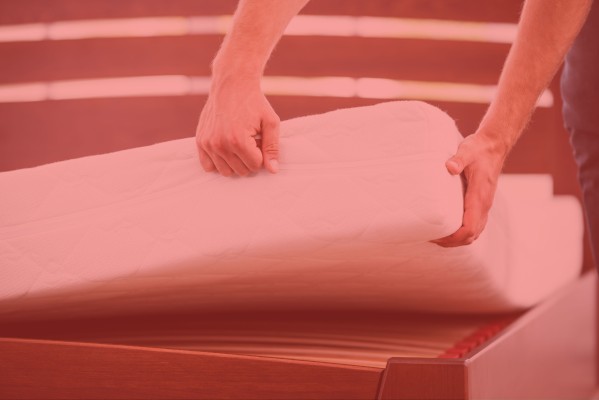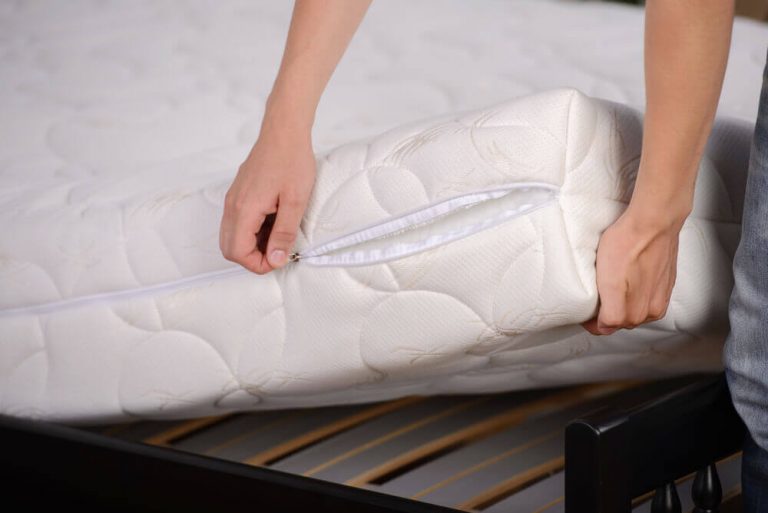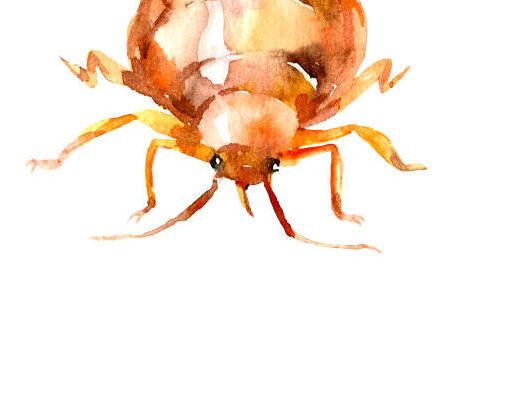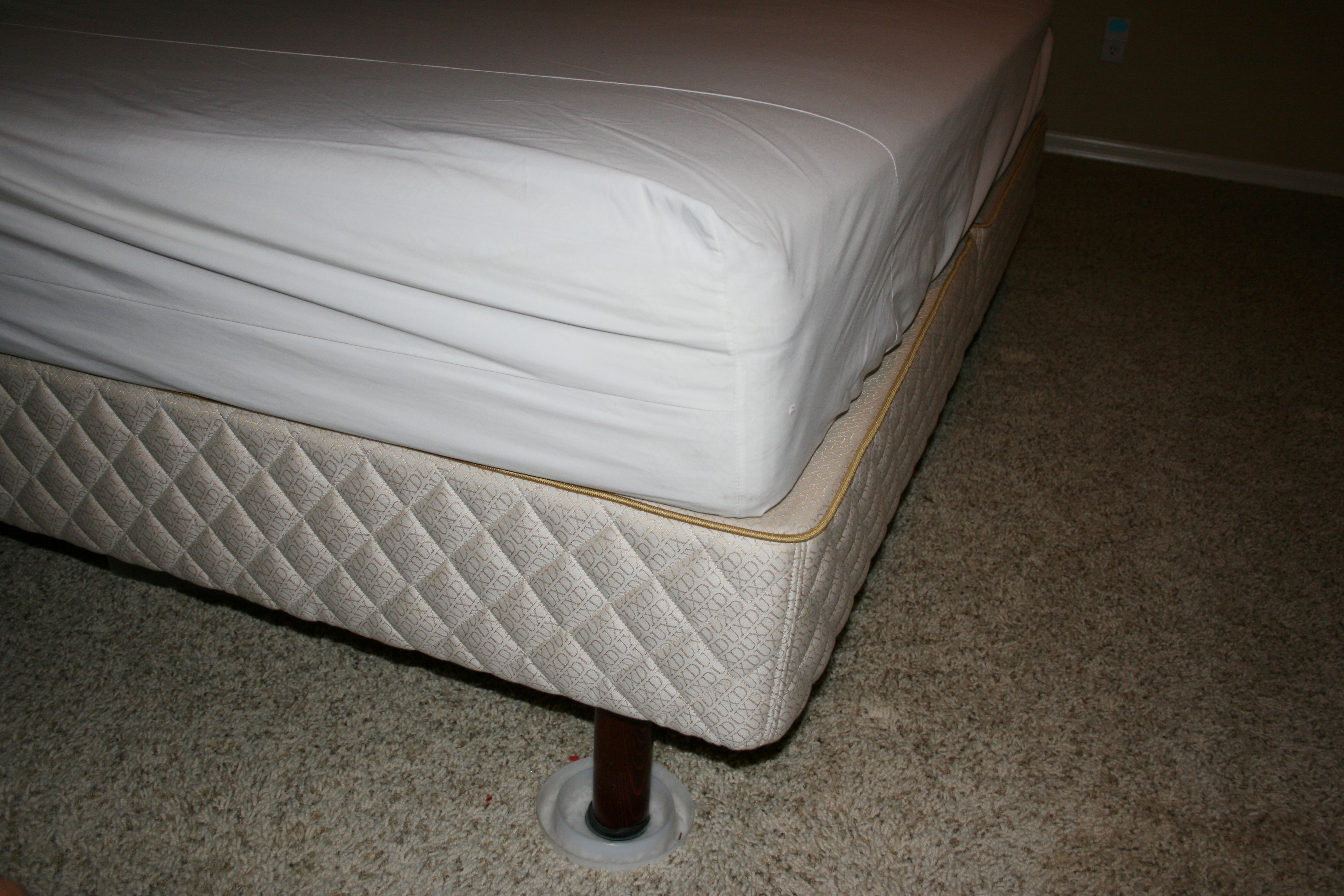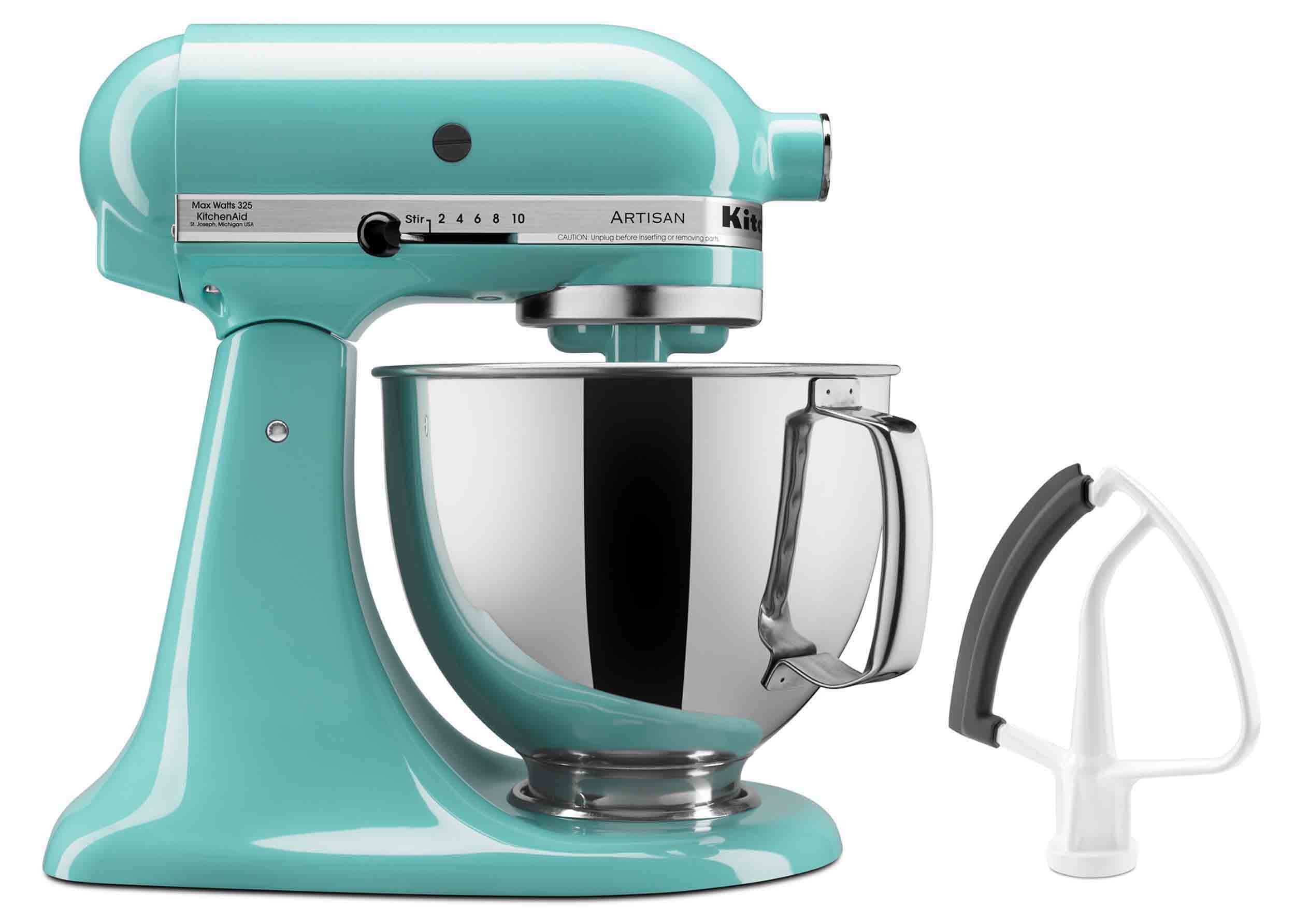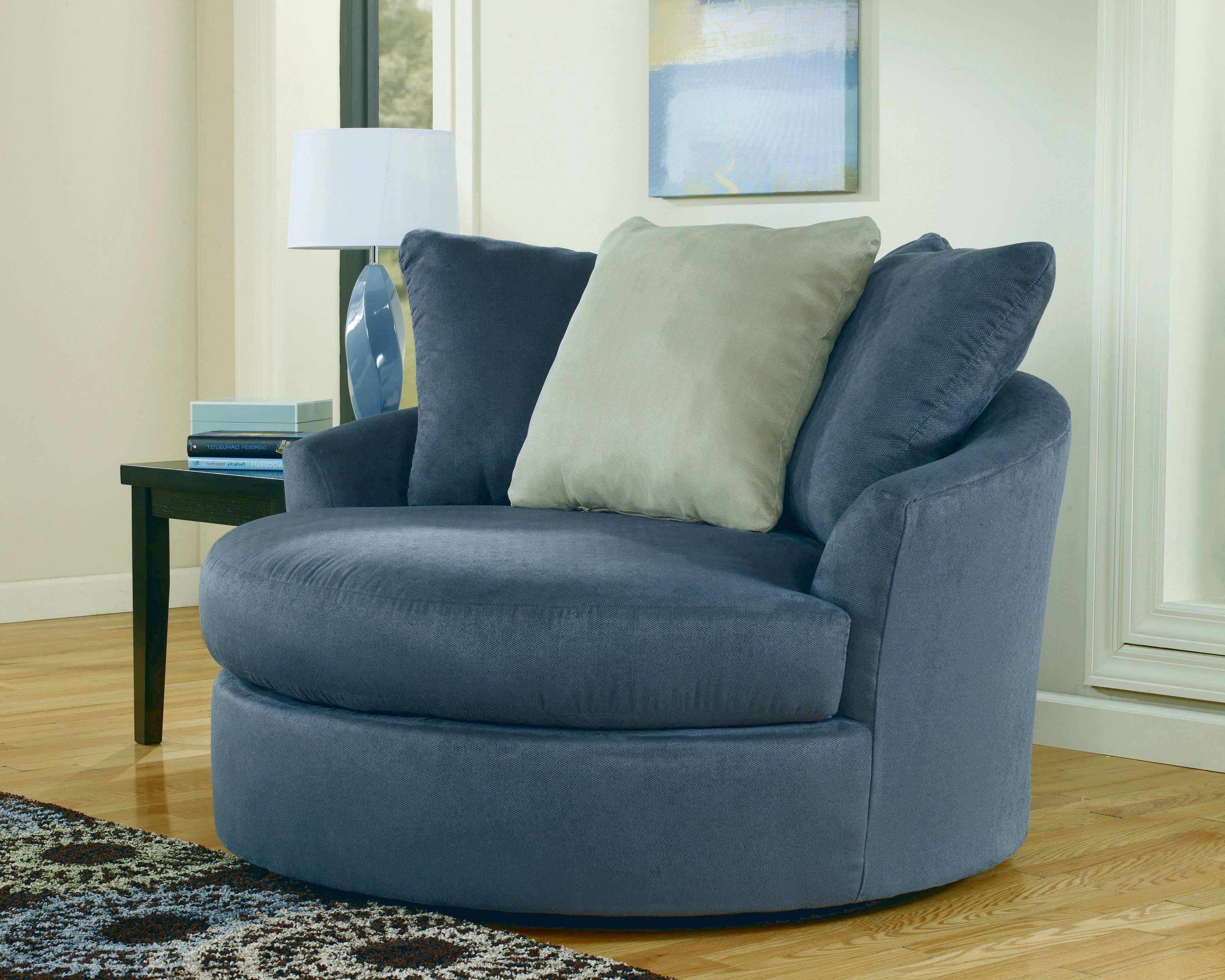If you've woken up with itchy bites and suspicious red stains on your sheets, you may have a bed bug problem. These pesky insects are known for infesting mattresses and can quickly become a nightmare for any homeowner. But fear not, there are ways to get rid of bed bugs on your mattress and prevent them from coming back. First, it's important to properly identify bed bugs. They are small, oval-shaped insects that are about the size of an apple seed and can range in color from brown to reddish-brown. They are most active at night and feed on human blood, leaving behind itchy, red bites. If you suspect bed bugs on your mattress, it's crucial to act fast. The longer you wait, the more they will multiply and spread to other areas of your home. Here are some steps to effectively get rid of bed bugs on your mattress: Step 1: Thoroughly Clean Your Mattress The first step in getting rid of bed bugs is to remove all bedding and vacuum your mattress thoroughly. Use a stiff brush to loosen any eggs or bugs that may be hiding in the seams and crevices. Remember to empty your vacuum immediately and dispose of the contents in a sealed bag. Step 2: Use Heat to Kill Bed Bugs Bed bugs cannot survive in extreme temperatures, so using heat is an effective way to kill them. You can use a steam cleaner to treat your mattress and other infested areas. Make sure to use the highest setting and move the steam over the surface of your mattress for at least 30 seconds to ensure all bed bugs are killed. Step 3: Apply a Bed Bug Spray There are many bed bug sprays available on the market that are specifically designed to kill bed bugs on mattresses. Look for sprays that contain pyrethrin or pyrethroids as these are known to be effective against bed bugs. Step 4: Encase Your Mattress After cleaning and treating your mattress, consider investing in a bed bug mattress encasement. This is a special cover that completely encases your mattress, preventing bed bugs from getting in or out. It's important to choose an encasement that is labeled as "bed bug proof." By following these steps, you should be able to get rid of bed bugs on your mattress. However, it's also important to take preventative measures to keep them from coming back.1. How to Get Rid of Bed Bugs on a Mattress
One of the most common places for bed bugs to hide is on your mattress. These tiny insects are nocturnal and are attracted to the carbon dioxide we exhale while sleeping, making our beds the perfect place for them to feed. But how can you tell if you have bed bugs on your mattress? Red Stains and Spots If you wake up with unexplained red stains on your sheets or mattress, this could be a sign of bed bugs. These stains are actually the blood that bed bugs leave behind after feeding. Itchy Bites Bed bug bites are often mistaken for mosquito bites, but they tend to appear in clusters or in a line. They can also cause intense itching and irritation. Shed Skin and Eggs Bed bugs shed their skin as they grow, leaving behind tiny, translucent shells on your mattress. You may also be able to spot small, white eggs in the seams and crevices of your mattress. Musty Odor Bed bugs release a musty, sweet odor when they are disturbed. If you notice this smell in your bedroom, it could be a sign of a bed bug infestation. If you see any of these signs, it's important to take action immediately to prevent the bed bugs from spreading to other areas of your home.2. Signs of Bed Bugs on a Mattress
The short answer is yes, bed bugs can live on a mattress. In fact, mattresses are one of the most common places for bed bugs to hide and breed. These insects are attracted to the warmth and carbon dioxide we emit while sleeping, making our beds the perfect environment for them. Bed bugs can live on a mattress for several months without feeding, making them difficult to detect and get rid of. They can also survive in a wide range of temperatures, making it challenging to kill them with extreme heat or cold. However, it's important to note that bed bugs do not actually live inside your mattress. They typically hide in cracks and crevices in and around your bed, including the seams, headboard, and box spring. They only come out at night to feed on human blood. If you suspect bed bugs on your mattress, it's crucial to take immediate action to prevent them from multiplying and spreading to other areas of your home.3. Can Bed Bugs Live on a Mattress?
Dealing with a bed bug infestation can be a frustrating and costly experience. While hiring a professional exterminator is often the most effective way to get rid of bed bugs, it can also be expensive. If you're on a budget, here are some DIY bed bug treatments for mattresses that may help: 1. Vacuuming Regularly vacuuming your mattress and surrounding areas is an important step in controlling a bed bug infestation. Be sure to use a stiff brush attachment to loosen any eggs or bugs hiding in the seams and crevices. 2. Steam Cleaning As mentioned earlier, heat is an effective way to kill bed bugs. You can use a steam cleaner to treat your mattress and other infested areas. Just make sure to use the highest setting and move the steam over the surface for at least 30 seconds to ensure all bed bugs are killed. 3. Freezing If you live in a cold climate, you can also try freezing your mattress to kill bed bugs. Place your mattress in a plastic bag and leave it outside in freezing temperatures for at least 4 days. This method may not be as effective as heat treatment, but it can still help reduce the bed bug population. 4. Natural Remedies There are several natural remedies that may help repel and kill bed bugs, such as diatomaceous earth, tea tree oil, and lavender oil. These can be sprinkled or sprayed on your mattress and surrounding areas to repel bed bugs. While these DIY treatments may help control a small bed bug infestation, it's important to consult a professional if the problem persists or becomes severe.4. DIY Bed Bug Treatment for Mattresses
Prevention is key when it comes to dealing with bed bugs. Here are some tips to prevent bed bugs from infesting your mattress: 1. Inspect Secondhand Furniture If you're buying used furniture, be sure to thoroughly inspect it for any signs of bed bugs. This includes mattresses, bed frames, and even couches. 2. Use Protective Covers Invest in a bed bug mattress encasement and box spring encasements. These covers will prevent bed bugs from getting in or out of your mattress and box spring. 3. Be Cautious While Traveling When staying in a hotel or Airbnb, always inspect the mattress and surrounding areas for any signs of bed bugs. Keep your luggage off the floor and in a sealed plastic bag to prevent any potential bed bugs from hitchhiking back home with you. 4. Regularly Clean and Vacuum Your Mattress Regularly vacuuming and cleaning your mattress and bedding can help keep bed bugs at bay. If you suspect a bed bug infestation, be sure to vacuum more frequently and dispose of the contents immediately. By taking these preventative measures, you can significantly reduce your chances of encountering a bed bug infestation on your mattress.5. How to Prevent Bed Bugs on Your Mattress
Knowing how to properly identify bed bugs is crucial in determining if you have a problem on your mattress. Here are some key characteristics to look for: Size and Shape Adult bed bugs are about the size of an apple seed and are oval-shaped. They can range in color from brown to reddish-brown and become more reddish after feeding. Habitat Bed bugs are most commonly found in mattresses and bedding, but they can also hide in cracks and crevices in and around your bed. They are attracted to warmth and carbon dioxide, making our beds the perfect place for them to feed. Behavior Bed bugs are nocturnal and feed on human blood. They are most active at night and tend to hide during the day. They can also survive for several months without feeding. If you see any of these signs, it's important to take action immediately to prevent the bed bugs from spreading to other areas of your home.6. Identifying Bed Bugs on a Mattress
If you're dealing with a bed bug infestation on your mattress, you may be hesitant to use harsh chemicals to get rid of them. Fortunately, there are several natural remedies that may help repel and kill bed bugs: Diatomaceous Earth Diatomaceous earth is a natural powder made from fossilized algae. It is safe for humans and pets but can be harmful to bed bugs. Sprinkle it on your mattress and surrounding areas to help kill bed bugs. Tea Tree Oil Tea tree oil has natural insecticidal properties and can be effective in repelling and killing bed bugs. Mix it with water and spray it on your mattress and surrounding areas. Lavender Oil Lavender oil has a strong scent that is known to repel bed bugs. You can mix it with water and spray it on your mattress and bedding to help keep bed bugs away. While these natural remedies may help control a small bed bug infestation, it's important to consult a professional if the problem persists or becomes severe.7. Natural Remedies for Bed Bugs on a Mattress
If you're dealing with a severe bed bug infestation on your mattress, it's best to seek help from a professional exterminator. They have the knowledge and tools to effectively eliminate bed bugs and prevent them from coming back. Professional bed bug treatment for mattresses typically involves using a combination of heat, chemicals, and vacuuming to get rid of the bugs. The process may take several treatments and can be costly, but it's often the most effective way to completely eradicate bed bugs. It's important to choose a reputable and experienced exterminator to ensure the job is done properly and thoroughly.8. Professional Bed Bug Treatment for Mattresses
If you've successfully gotten rid of bed bugs on your mattress, it's important to properly clean and disinfect it to prevent a future infestation. Here's how: Vacuum Start by vacuuming your mattress and surrounding areas to remove any dead bugs and eggs. Be sure to use a stiff brush attachment to loosen any remaining eggs or bugs. Wash Bedding Remove all bedding and wash them in hot water. This will help kill any remaining bed bugs and their eggs. Disinfect Using a disinfectant spray, thoroughly clean your mattress and surrounding areas. Be sure to pay close attention to seams and crevices where bed bugs tend to hide. Use a Steam Cleaner Using a steam cleaner on your mattress and surrounding areas can help kill any remaining bed bugs and their eggs. Make sure to use the highest setting and move the steam over the surface for at least 30 seconds to ensure all bed bugs are killed. By following these steps, you can ensure your mattress is clean and free of bed bugs.9. How to Clean a Mattress Infested with Bed Bugs
Bed bug mattress encasements are a popular method for preventing and controlling bed bugs on your mattress. But do they really work? The answer is yes, bed bug mattress encasements can be an effective tool in the fight against bed bugs. These covers completely encase your mattress and box spring, preventing bed bugs from getting in or out. They are also made of a material that bed bugs cannot bite through. However, it's important to note that encasements alone may not be enough to eliminate a bed bug infestation. They should be used in combination with other methods, such as professional treatment, to ensure full eradication of bed bugs. It's also crucial to choose an encasement that is specifically labeled as "bed bug proof" to ensure its effectiveness.10. Bed Bug Mattress Encasements: Do They Work?
Why Bed Bugs on the Mattress Can Be a Nightmare for Your Home

The Prevalence of Bed Bugs in Modern Homes
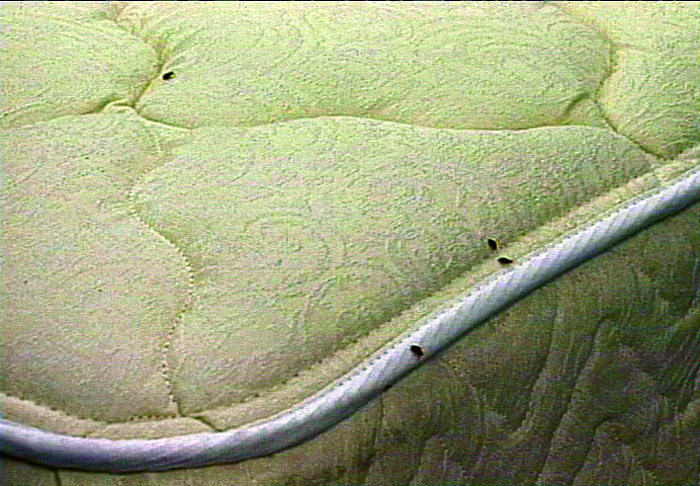 When it comes to designing and decorating our homes, we often focus on making them aesthetically pleasing and comfortable. However, many homeowners overlook one crucial factor – the presence of bed bugs on their mattresses. These tiny blood-sucking pests have become increasingly common in modern homes, and they can quickly turn your dream home into a nightmare.
When it comes to designing and decorating our homes, we often focus on making them aesthetically pleasing and comfortable. However, many homeowners overlook one crucial factor – the presence of bed bugs on their mattresses. These tiny blood-sucking pests have become increasingly common in modern homes, and they can quickly turn your dream home into a nightmare.
The Dangers of Having Bed Bugs on Your Mattress
 Bed bugs are nocturnal insects that feed on human blood, leaving behind itchy red bites and potentially causing allergic reactions. But the consequences of having bed bugs on your mattress go beyond physical discomfort. These pests can also have a significant impact on your mental and emotional well-being. The mere thought of sharing your bed with tiny insects can be enough to cause sleepless nights and anxiety.
Bed bugs are nocturnal insects that feed on human blood, leaving behind itchy red bites and potentially causing allergic reactions. But the consequences of having bed bugs on your mattress go beyond physical discomfort. These pests can also have a significant impact on your mental and emotional well-being. The mere thought of sharing your bed with tiny insects can be enough to cause sleepless nights and anxiety.
The Difficulty of Getting Rid of Bed Bugs
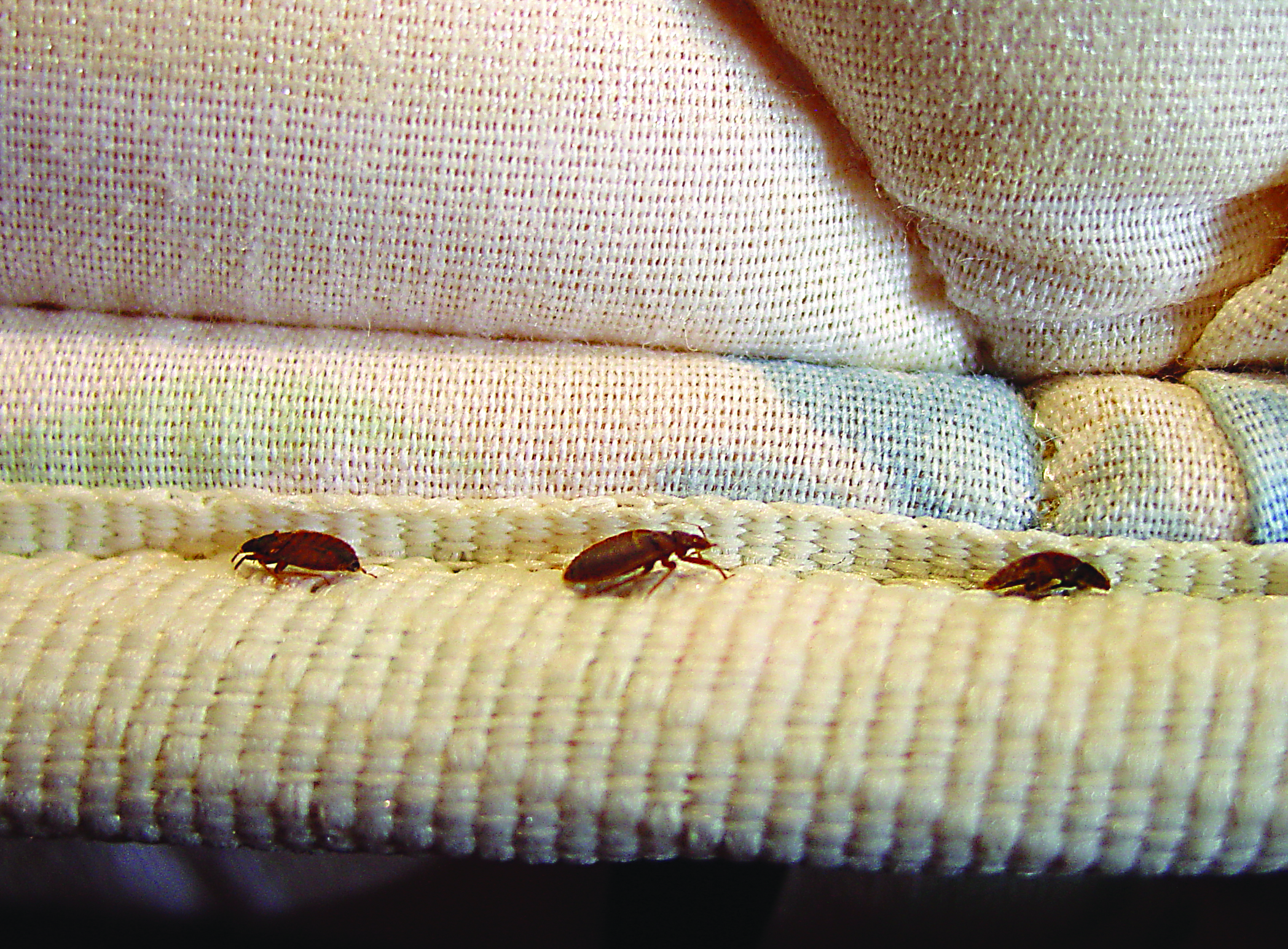 One of the biggest challenges with bed bugs is their ability to hide and reproduce quickly. These pests can easily hide in the seams and crevices of your mattress, making it challenging to detect and eliminate them. While there are DIY methods for getting rid of bed bugs, they are often ineffective and can even make the problem worse. Professional pest control services are usually necessary to completely eradicate bed bugs from your home.
One of the biggest challenges with bed bugs is their ability to hide and reproduce quickly. These pests can easily hide in the seams and crevices of your mattress, making it challenging to detect and eliminate them. While there are DIY methods for getting rid of bed bugs, they are often ineffective and can even make the problem worse. Professional pest control services are usually necessary to completely eradicate bed bugs from your home.
Preventing Bed Bugs on Your Mattress
 Prevention is key when it comes to dealing with bed bugs on your mattress. Regularly inspecting your mattress for any signs of bed bugs, such as dark spots, shed skins, or live bugs, can help catch an infestation early on. Additionally, be cautious when bringing in secondhand furniture or items into your home, as they may be carrying bed bugs. Using protective covers on your mattress and regularly washing your bedding in hot water can also help prevent bed bugs from taking up residence in your bed.
Prevention is key when it comes to dealing with bed bugs on your mattress. Regularly inspecting your mattress for any signs of bed bugs, such as dark spots, shed skins, or live bugs, can help catch an infestation early on. Additionally, be cautious when bringing in secondhand furniture or items into your home, as they may be carrying bed bugs. Using protective covers on your mattress and regularly washing your bedding in hot water can also help prevent bed bugs from taking up residence in your bed.
A Healthy Home Starts with a Bed Bug-Free Mattress
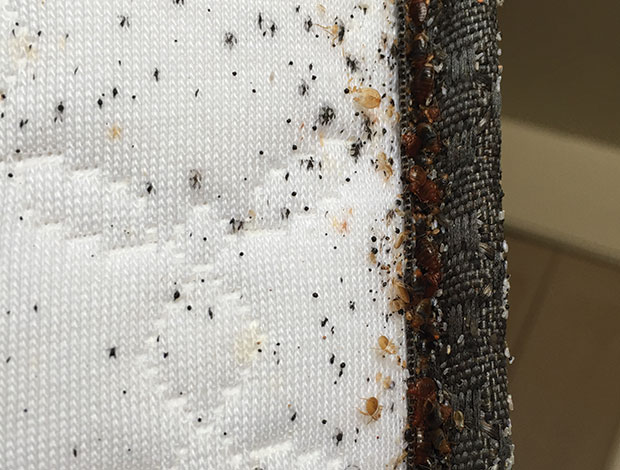 Having bed bugs on your mattress not only affects your physical and mental well-being, but it also impacts the overall health of your home. These pests can quickly spread to other areas of your house, making it difficult and expensive to get rid of them. So, when designing your dream home, don't forget to prioritize the importance of a bed bug-free mattress.
In conclusion
, while bed bugs on your mattress may seem like a small issue, they can have significant consequences on your home and your well-being. By taking preventive measures and seeking professional help if needed, you can ensure that your home remains a peaceful and healthy haven for you and your family. Don't let these tiny pests ruin your dream home – stay vigilant and keep your mattress free of bed bugs.
Having bed bugs on your mattress not only affects your physical and mental well-being, but it also impacts the overall health of your home. These pests can quickly spread to other areas of your house, making it difficult and expensive to get rid of them. So, when designing your dream home, don't forget to prioritize the importance of a bed bug-free mattress.
In conclusion
, while bed bugs on your mattress may seem like a small issue, they can have significant consequences on your home and your well-being. By taking preventive measures and seeking professional help if needed, you can ensure that your home remains a peaceful and healthy haven for you and your family. Don't let these tiny pests ruin your dream home – stay vigilant and keep your mattress free of bed bugs.




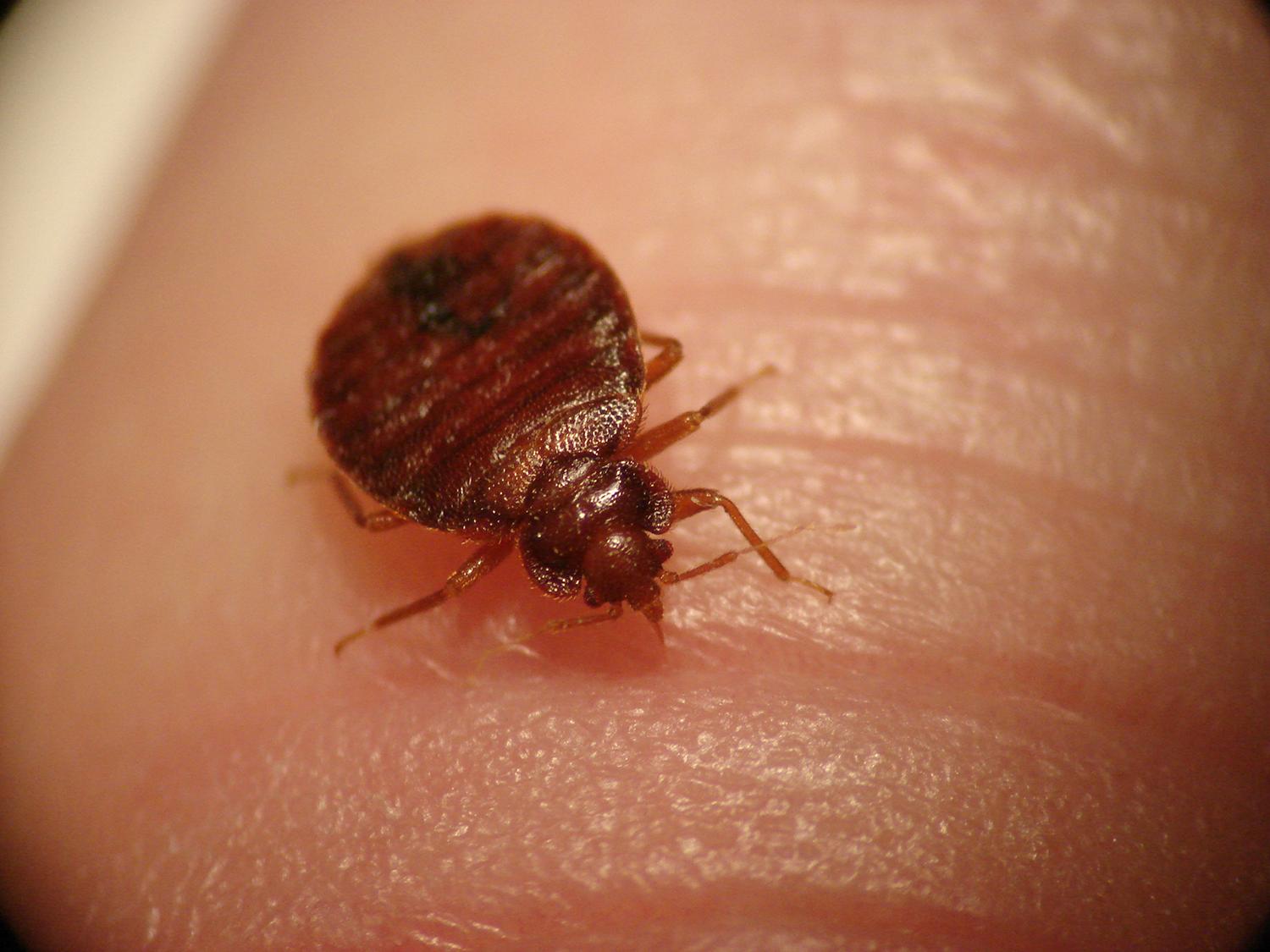

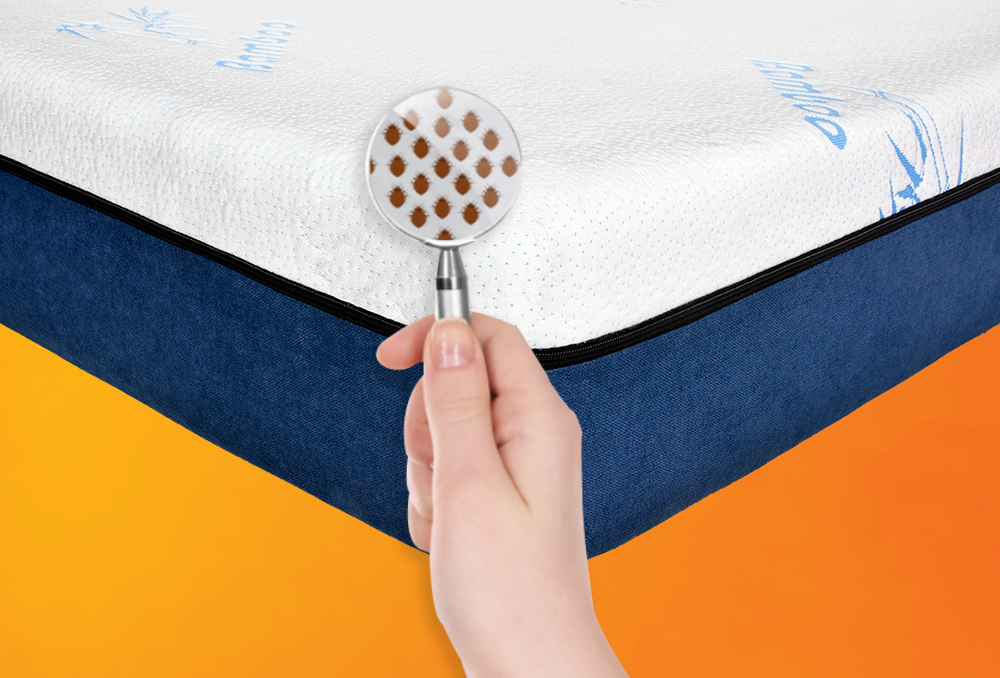
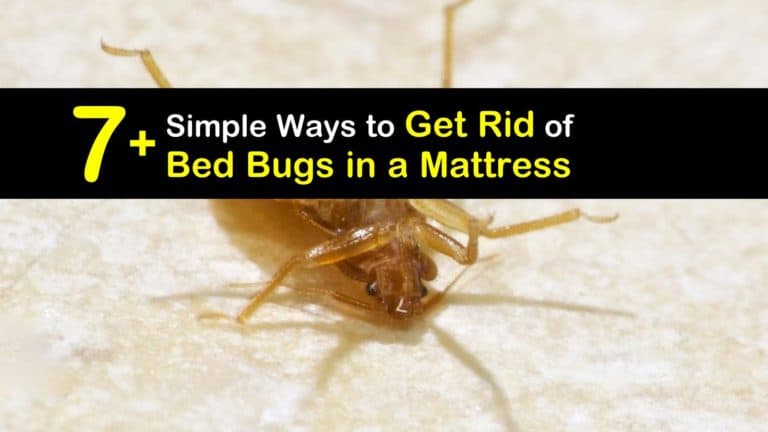


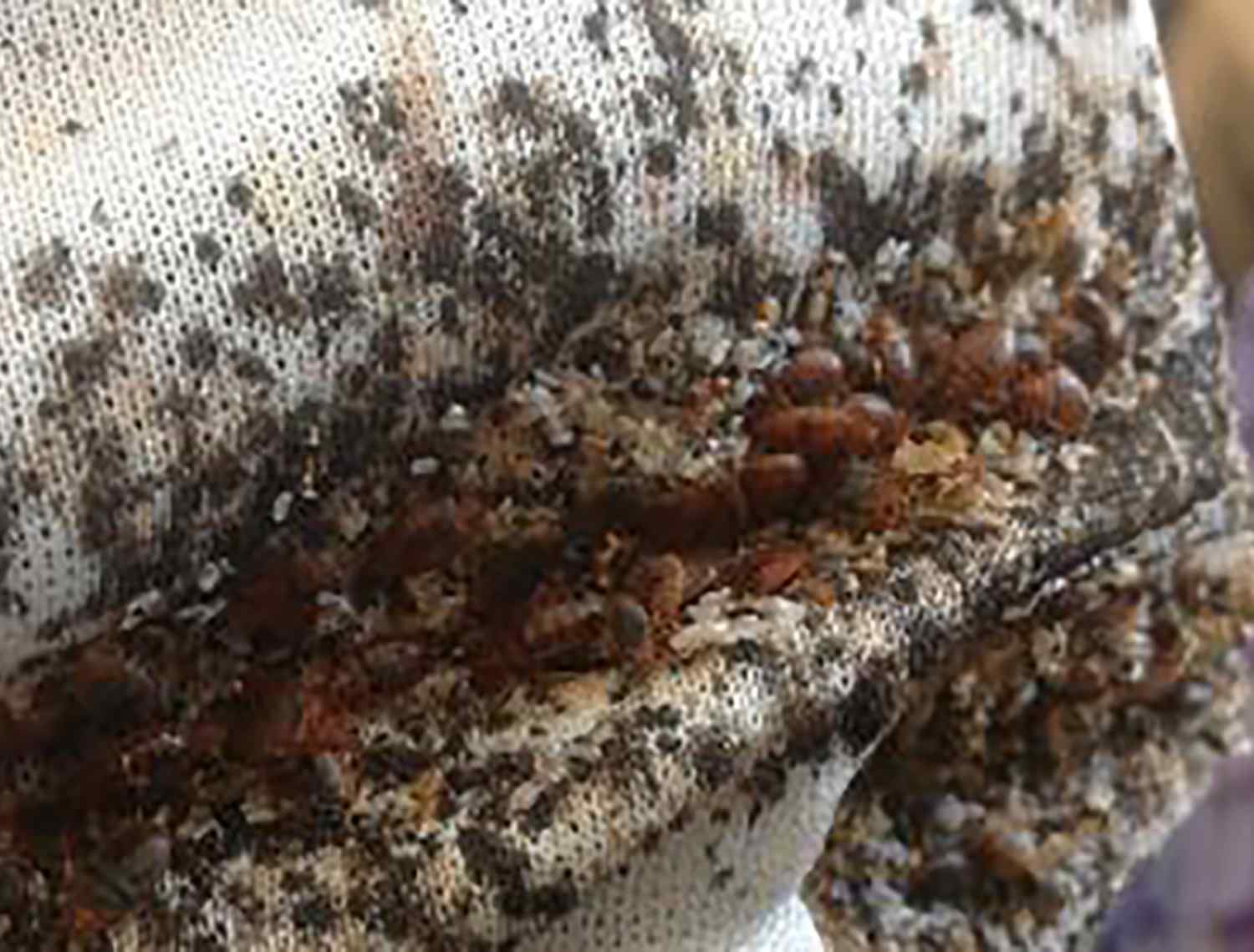
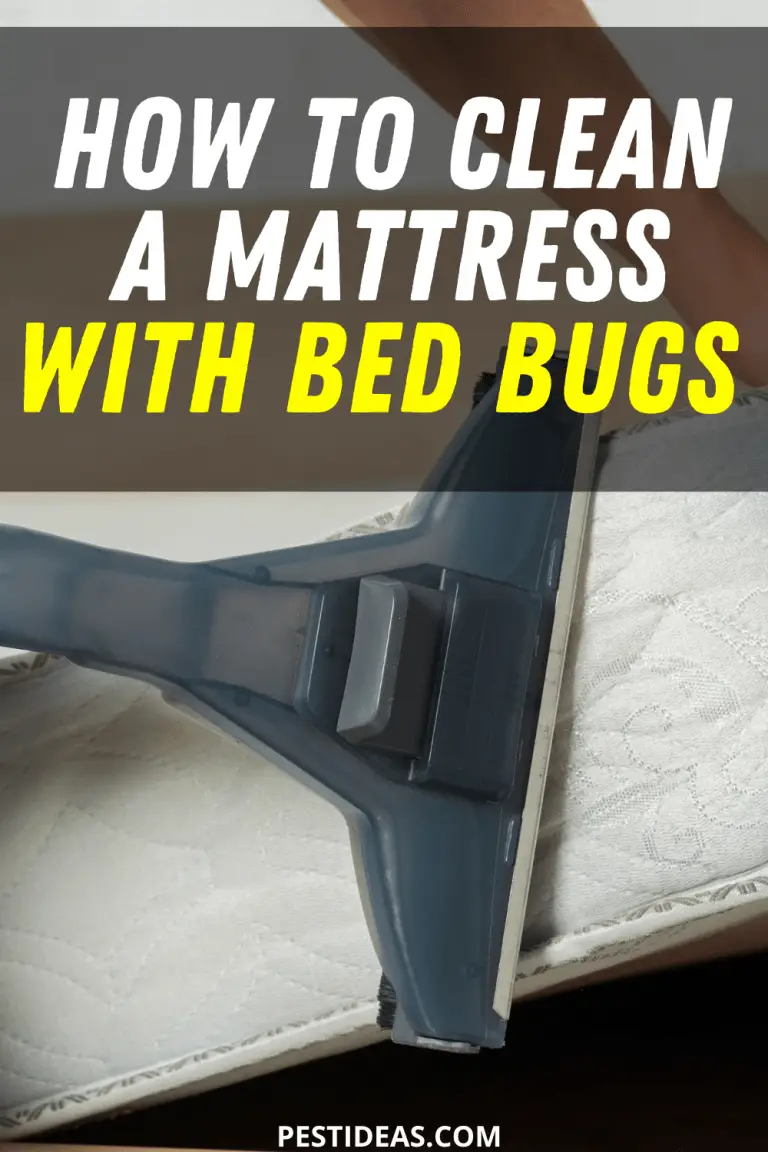
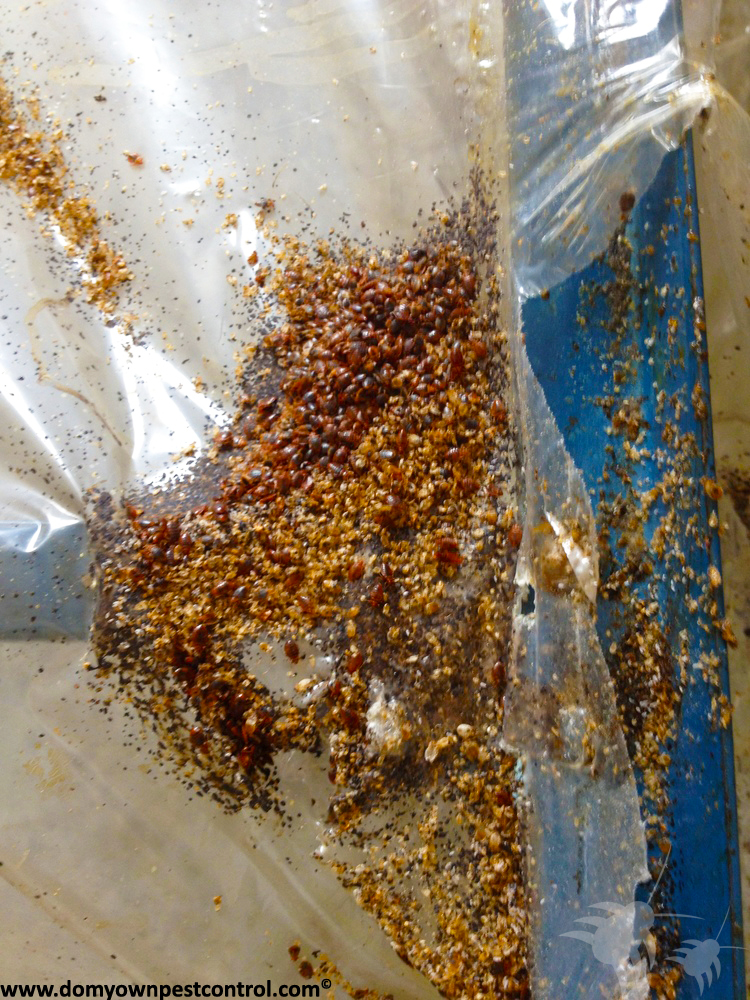

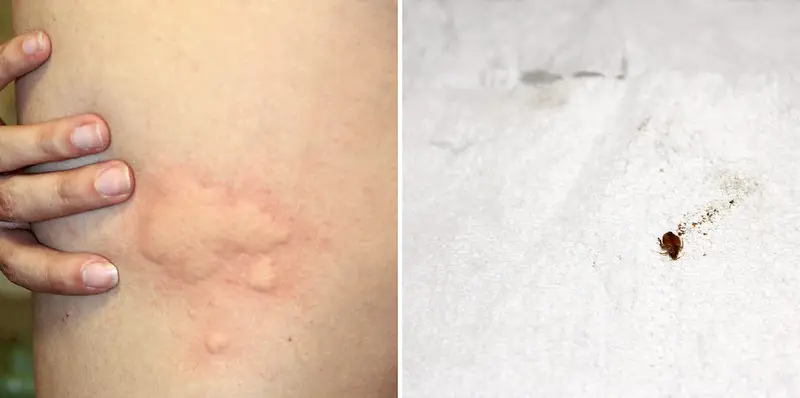



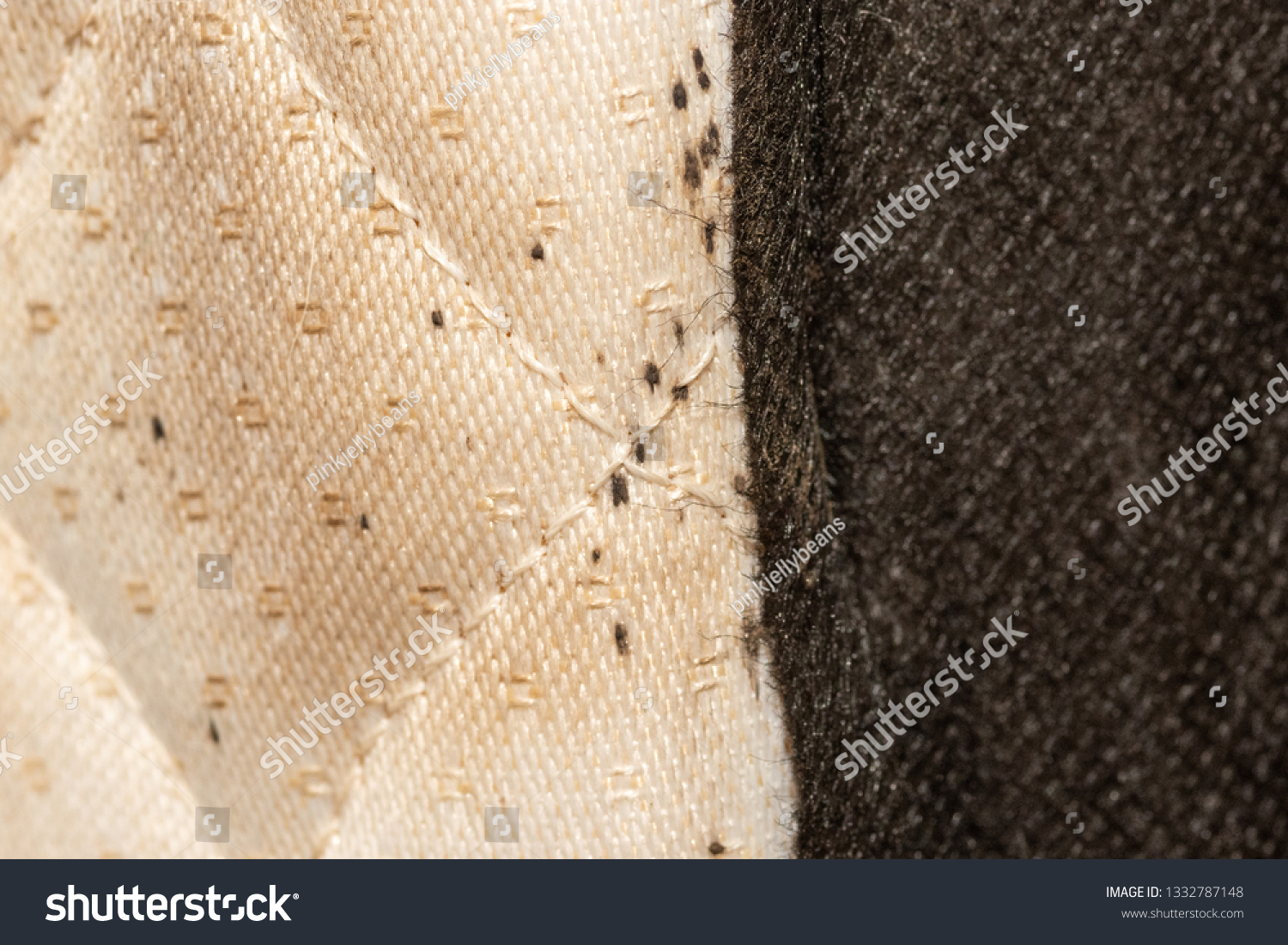

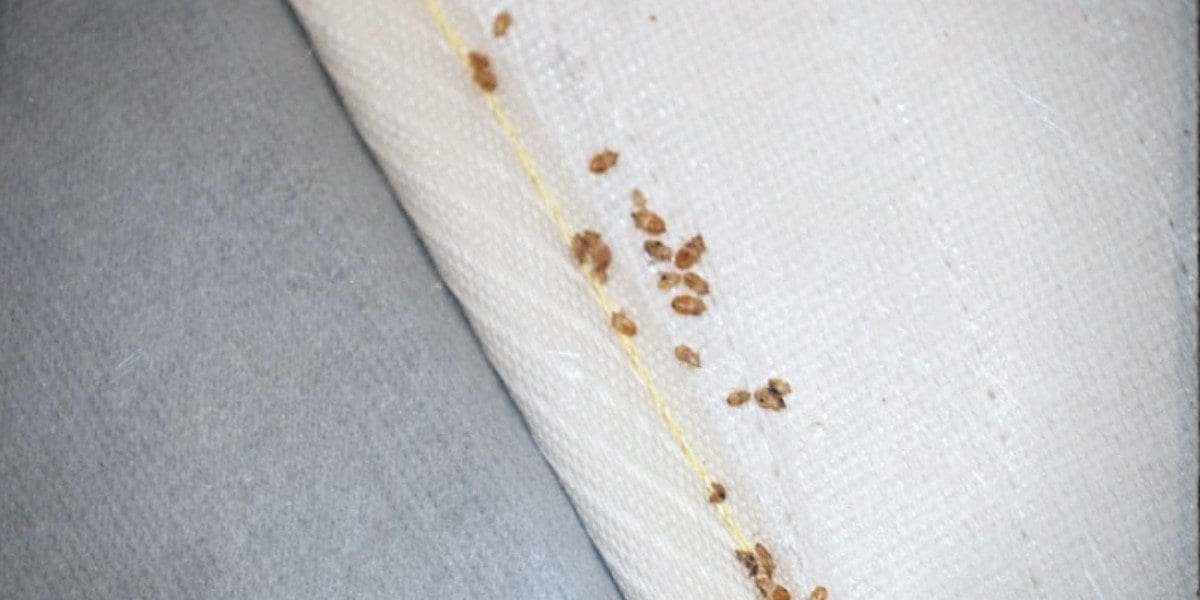
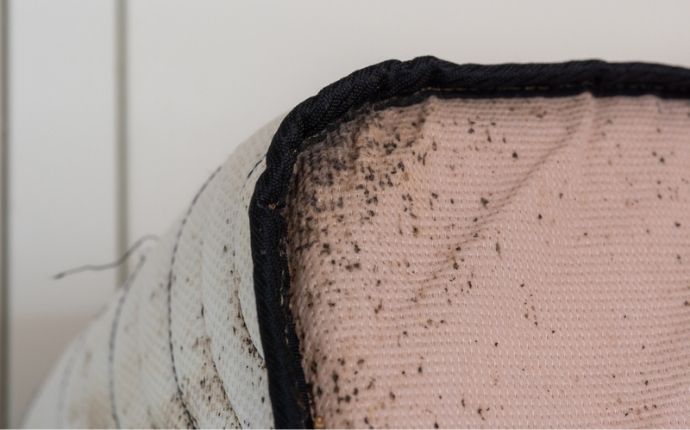
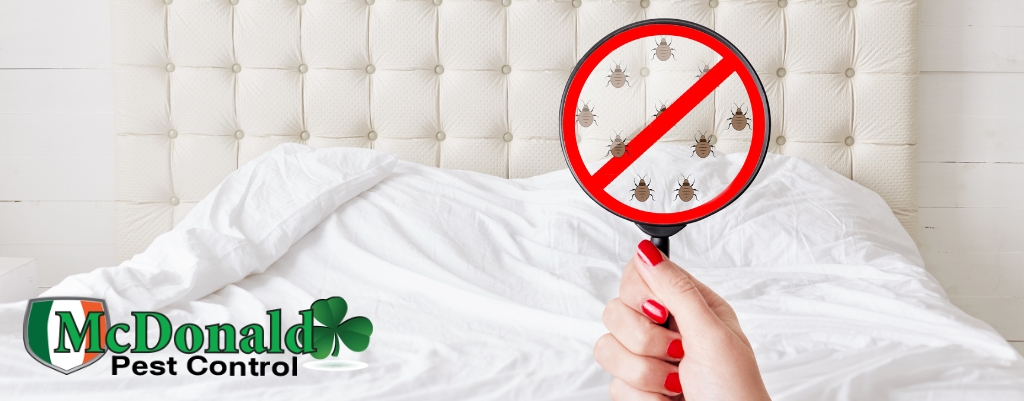
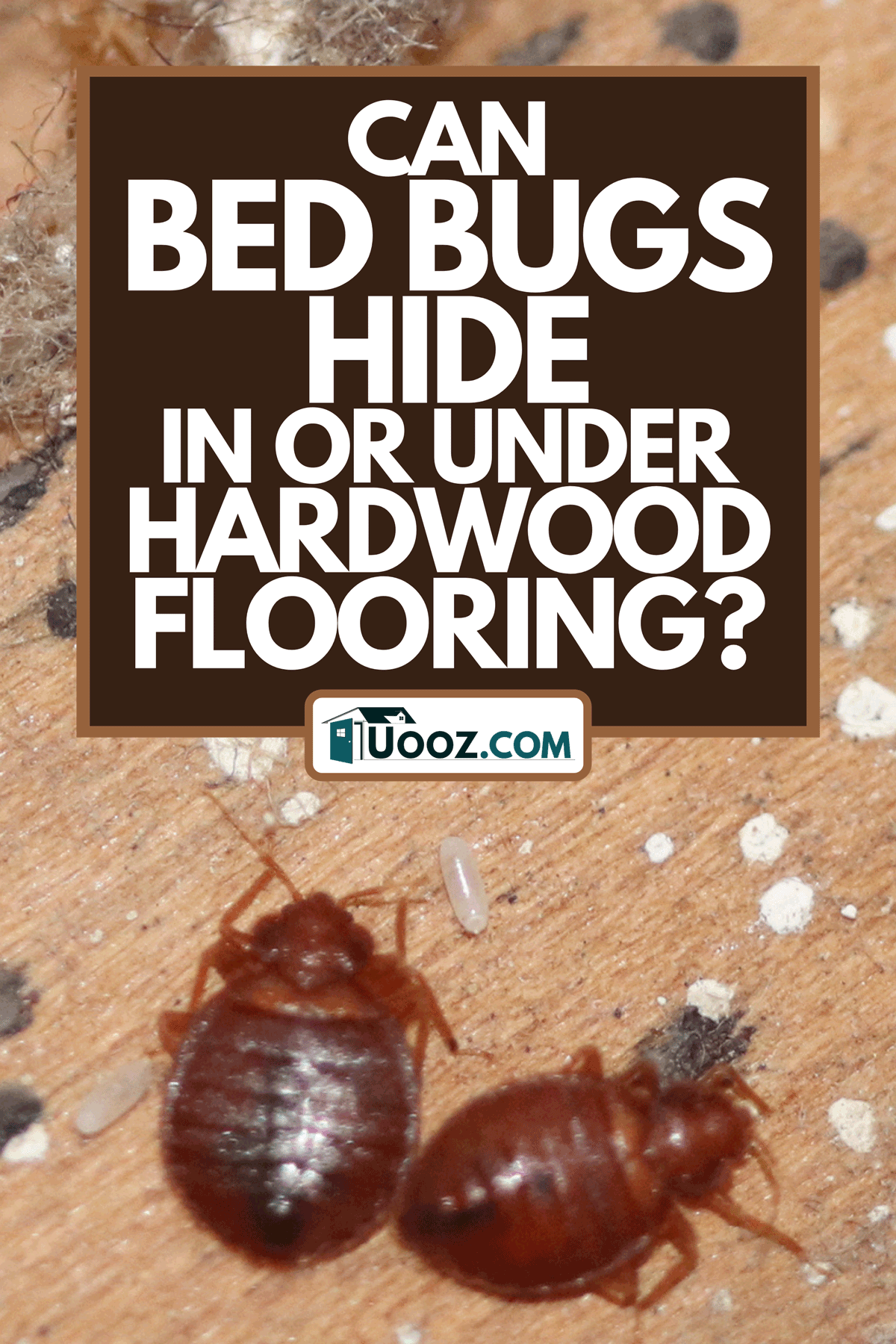
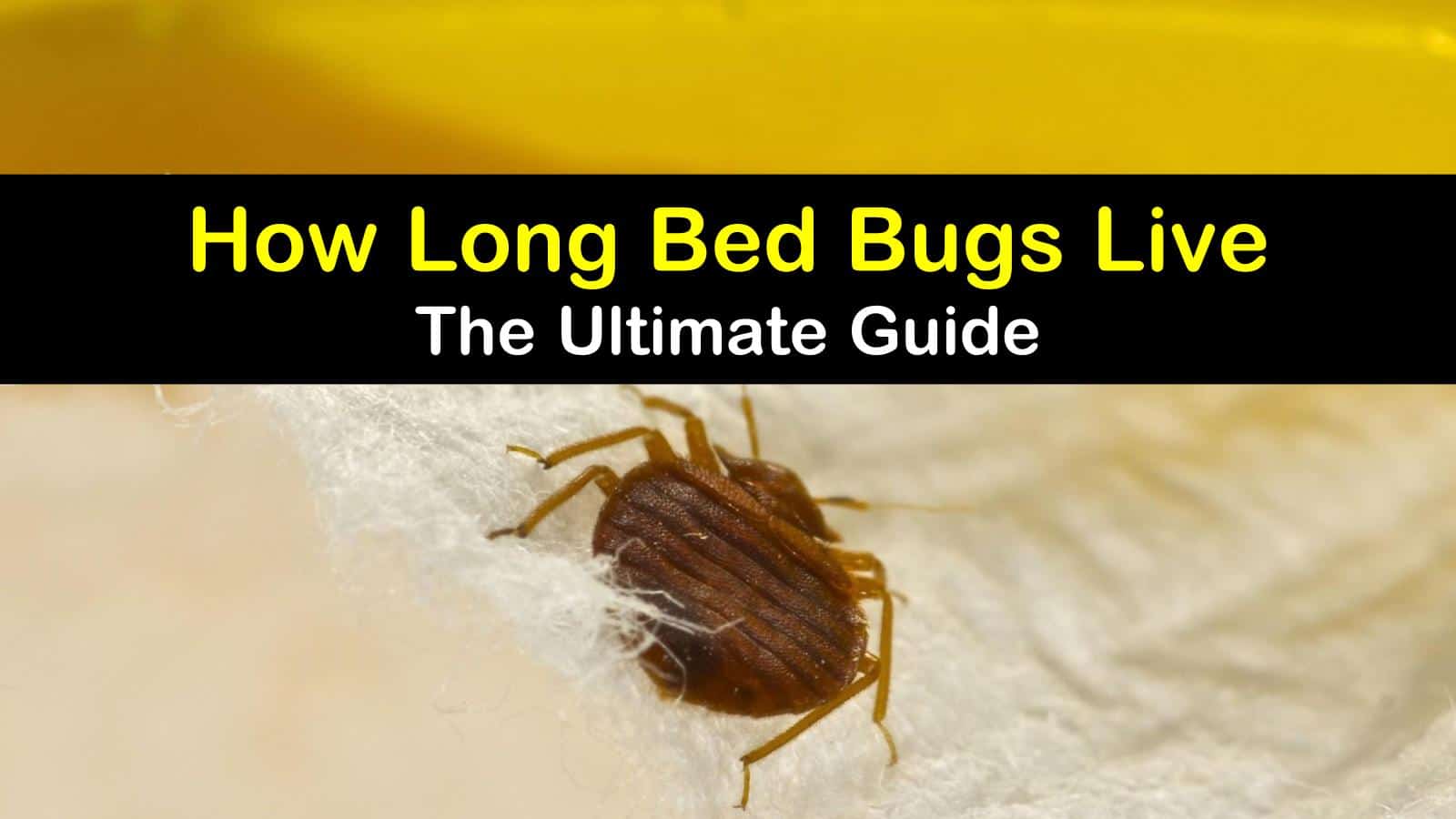
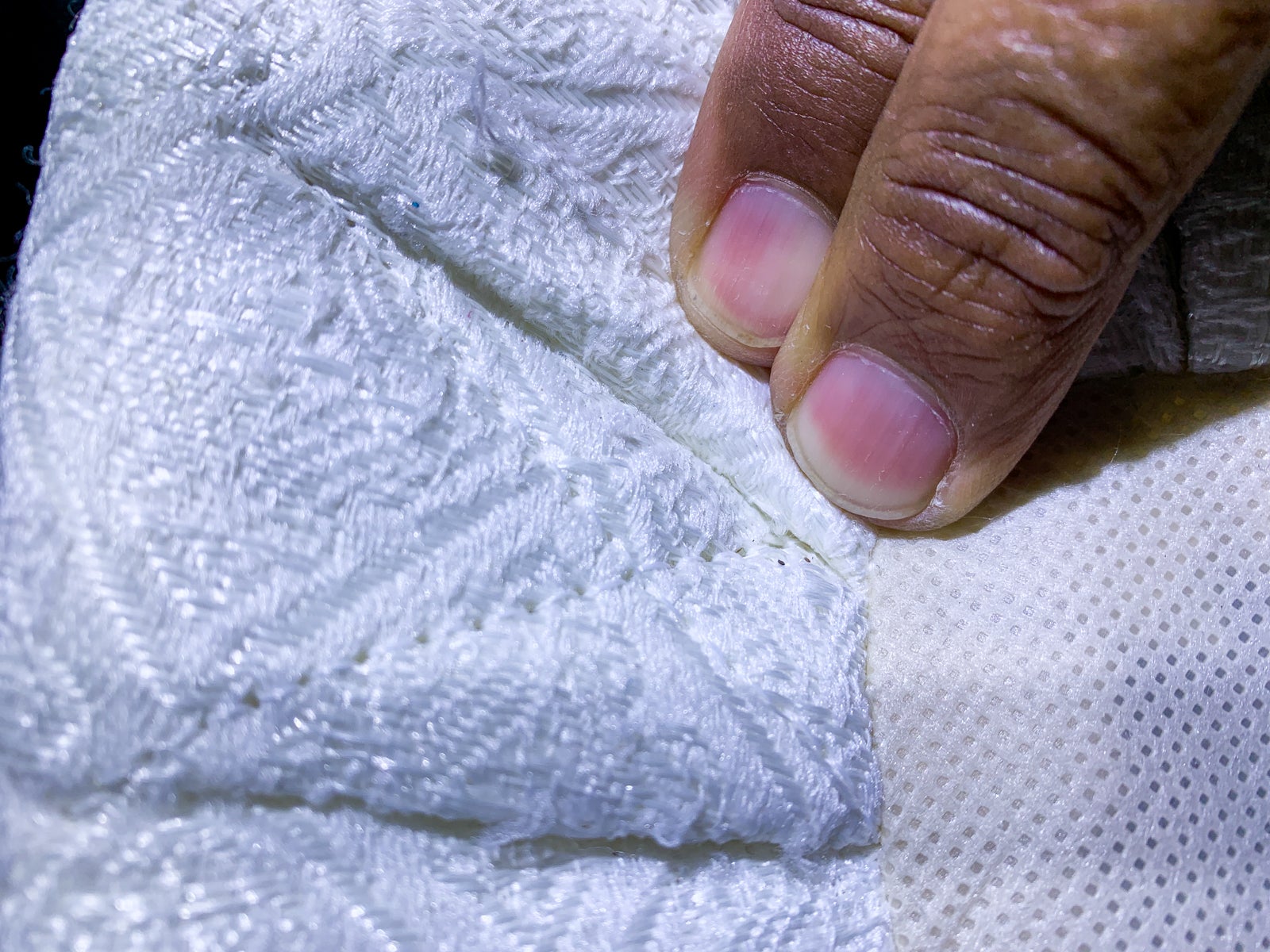





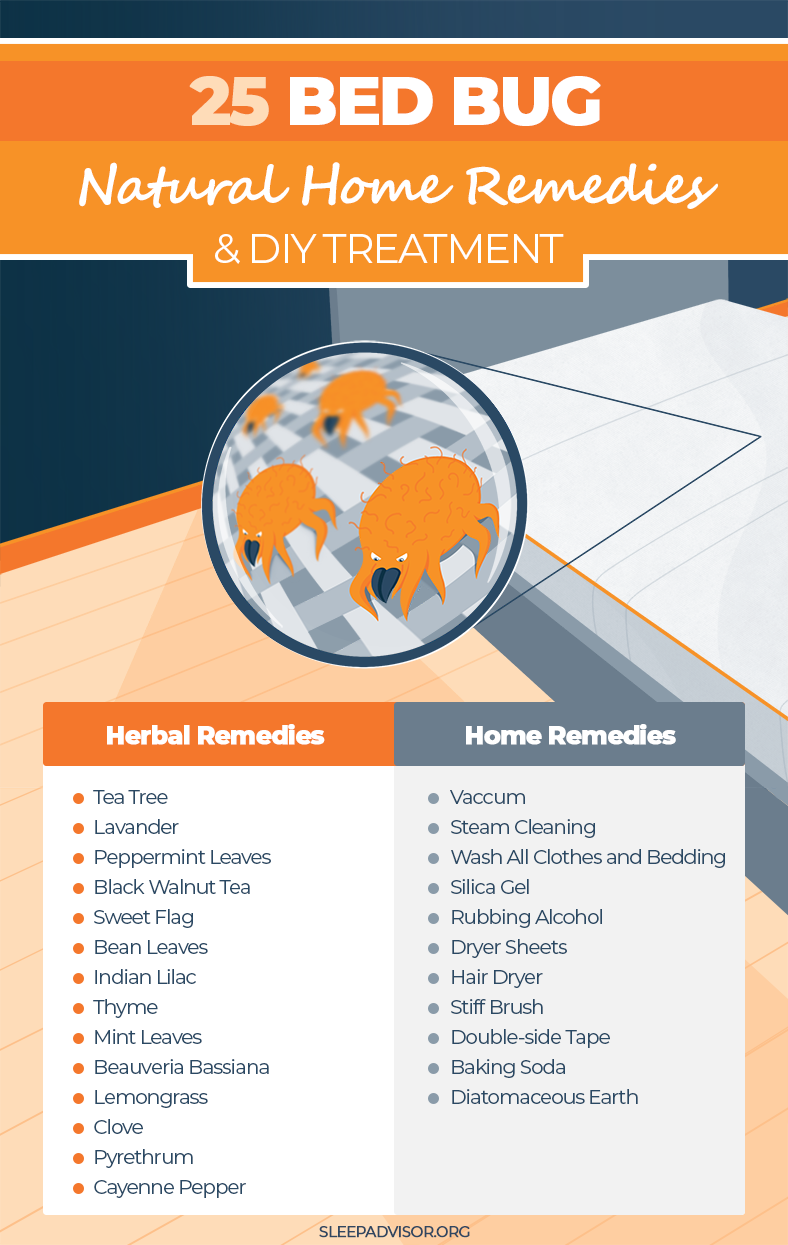
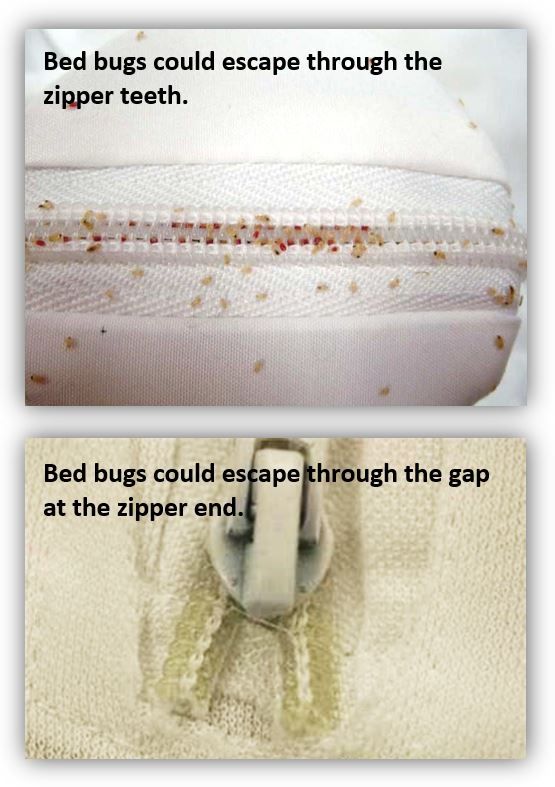
/Bed-bug-control-tips-and-tricks-2656377-e580f433c55a4a98826e429753062084.jpg)

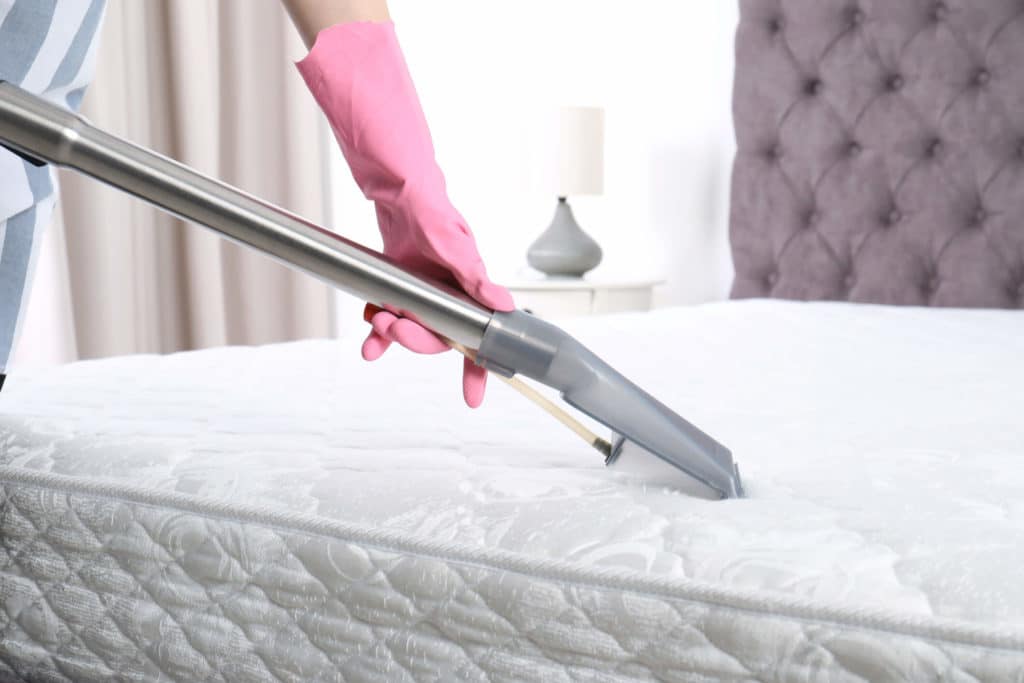

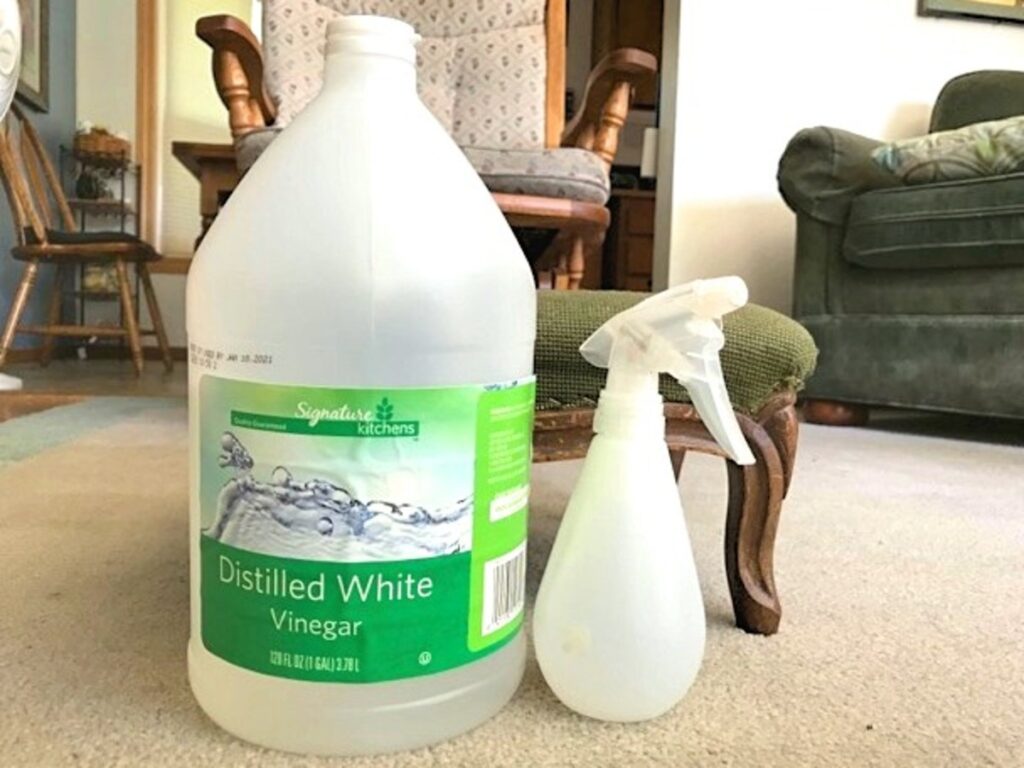


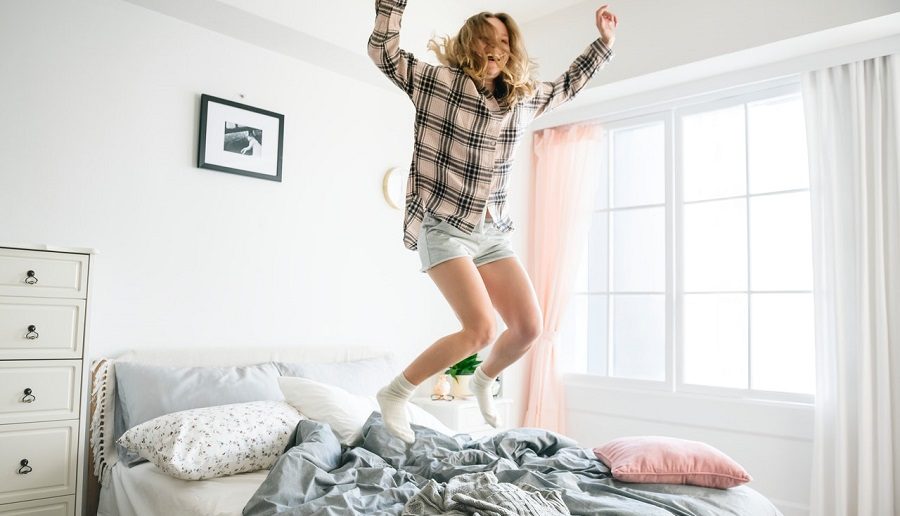


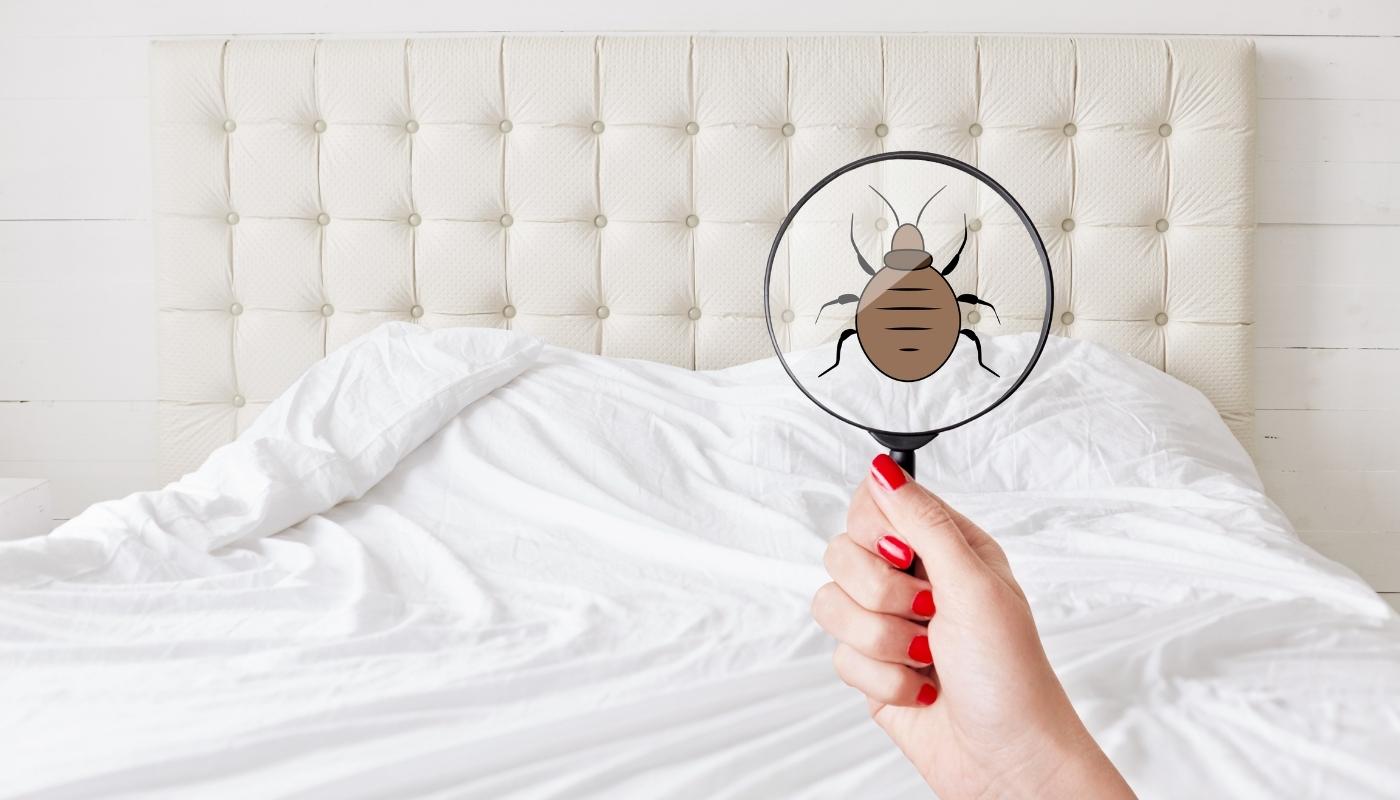
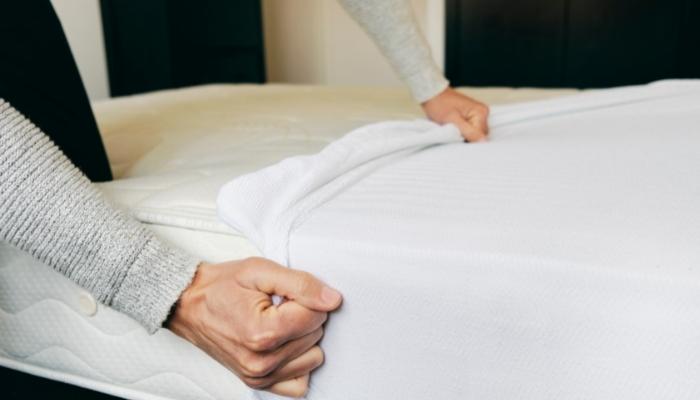
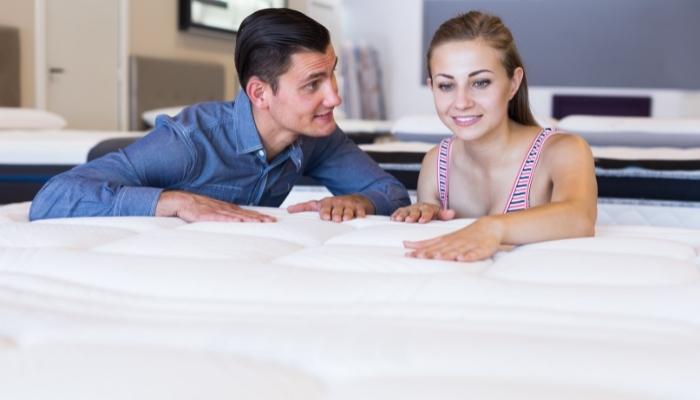
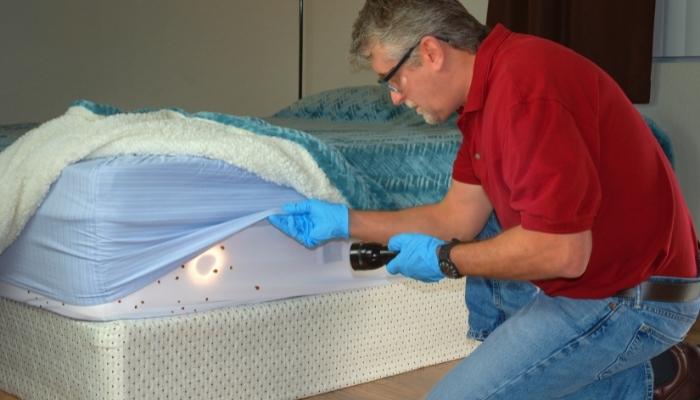
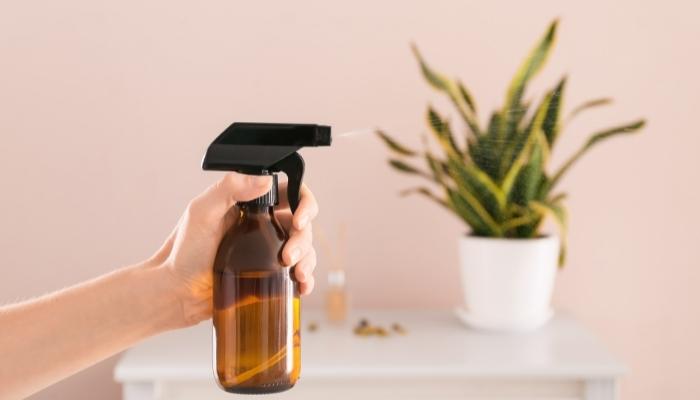




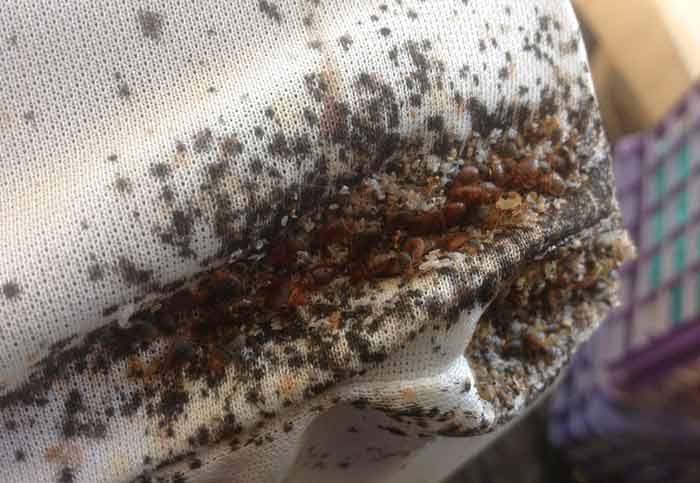
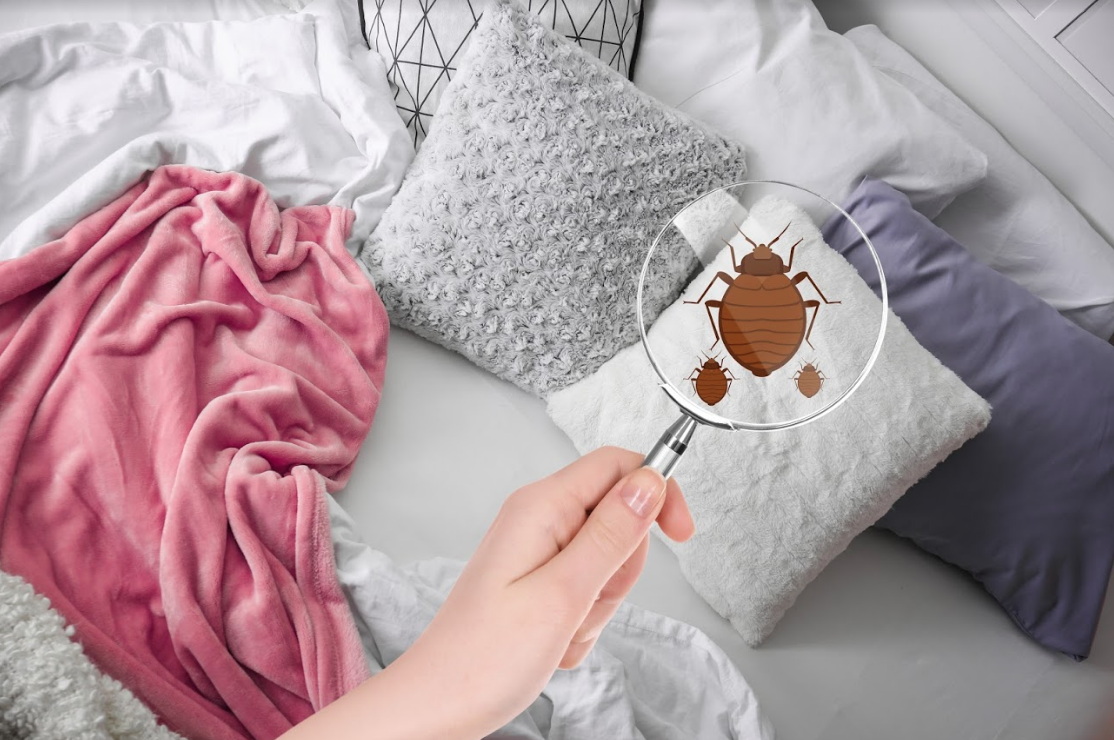



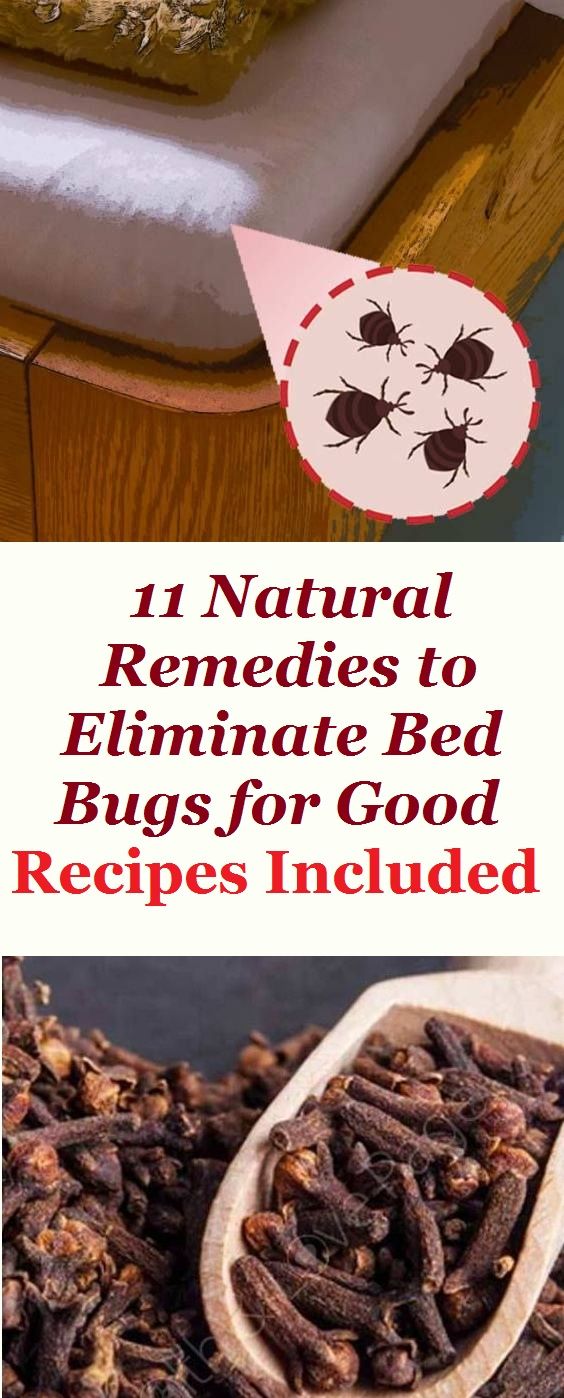



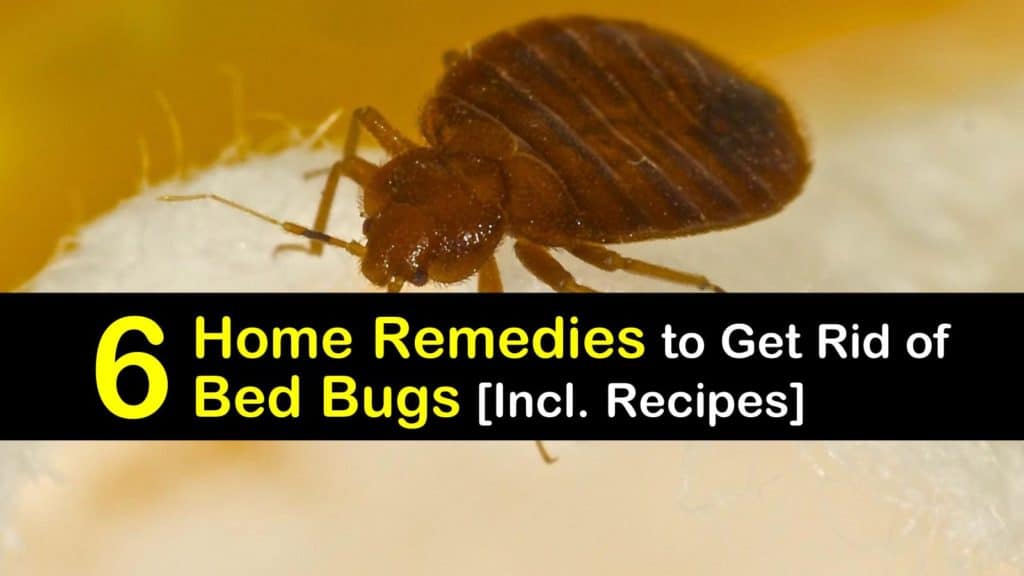
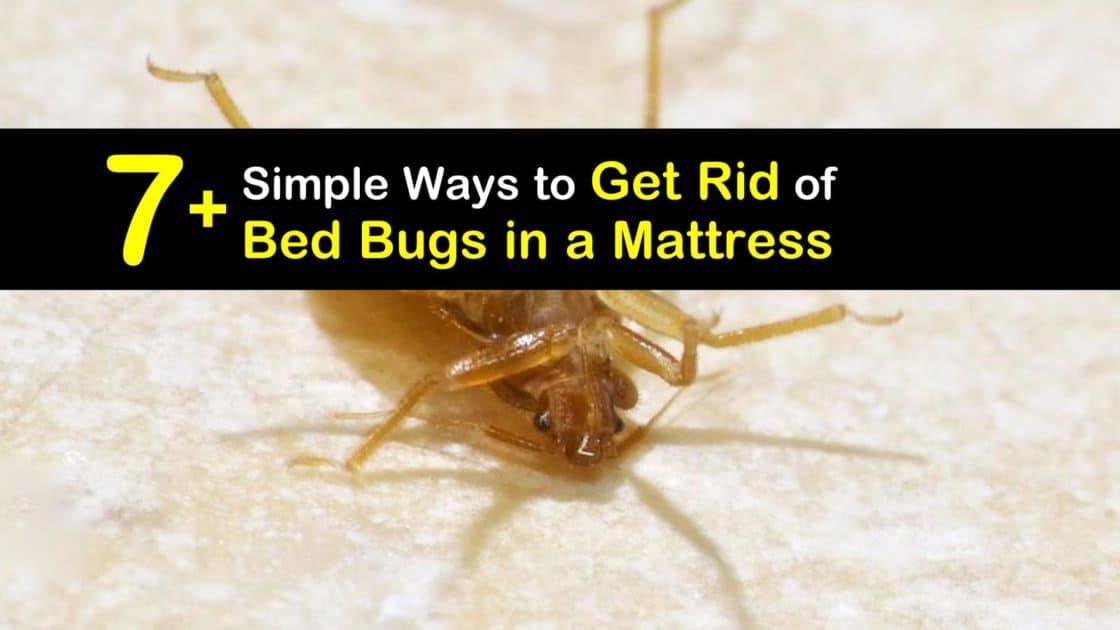
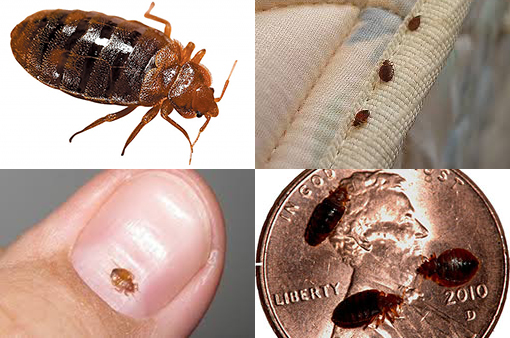

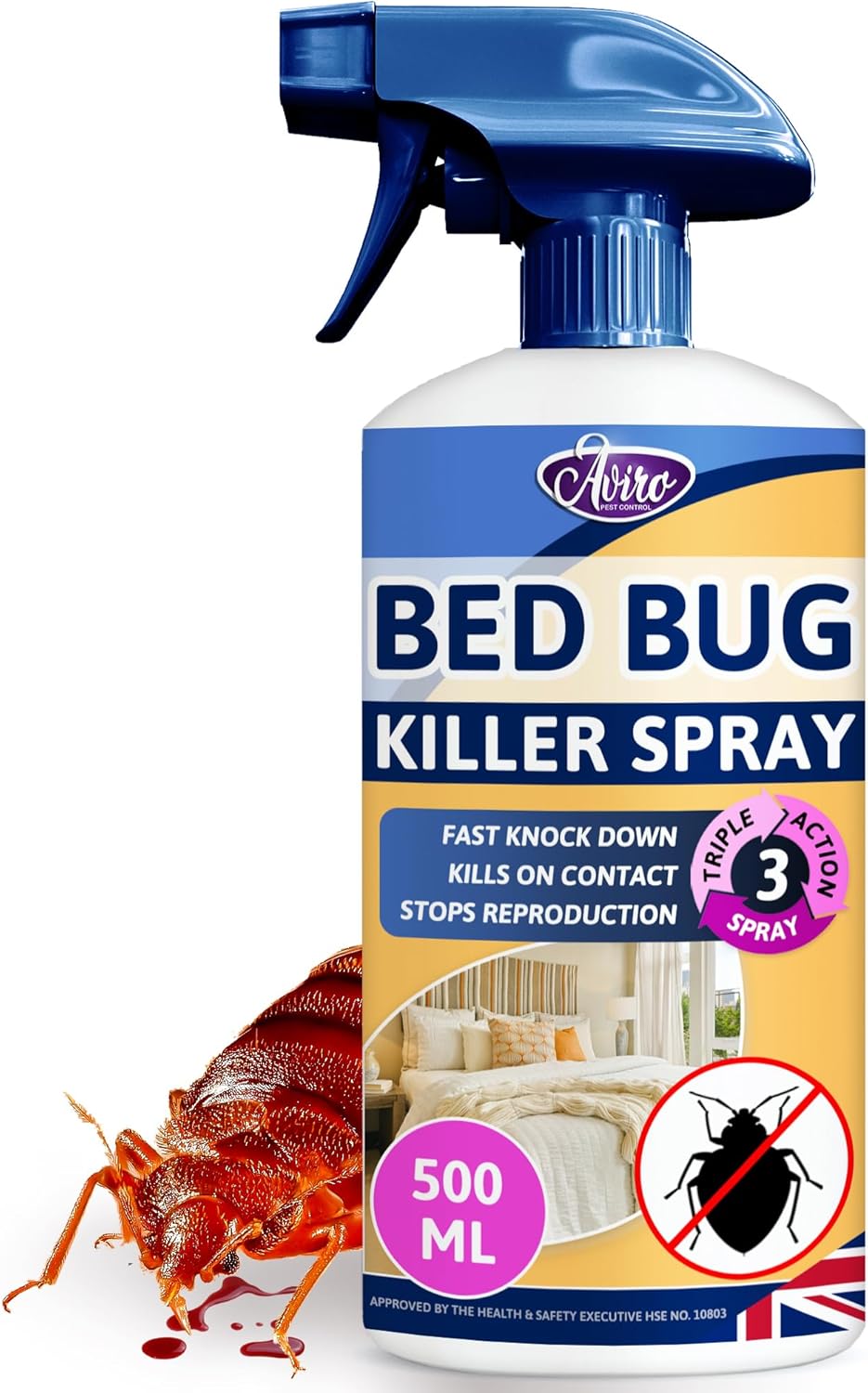

:max_bytes(150000):strip_icc()/Proof100EffectiveBedBugandDustMiteKillerSpray-5a982dd81d64040037b35714.png)

